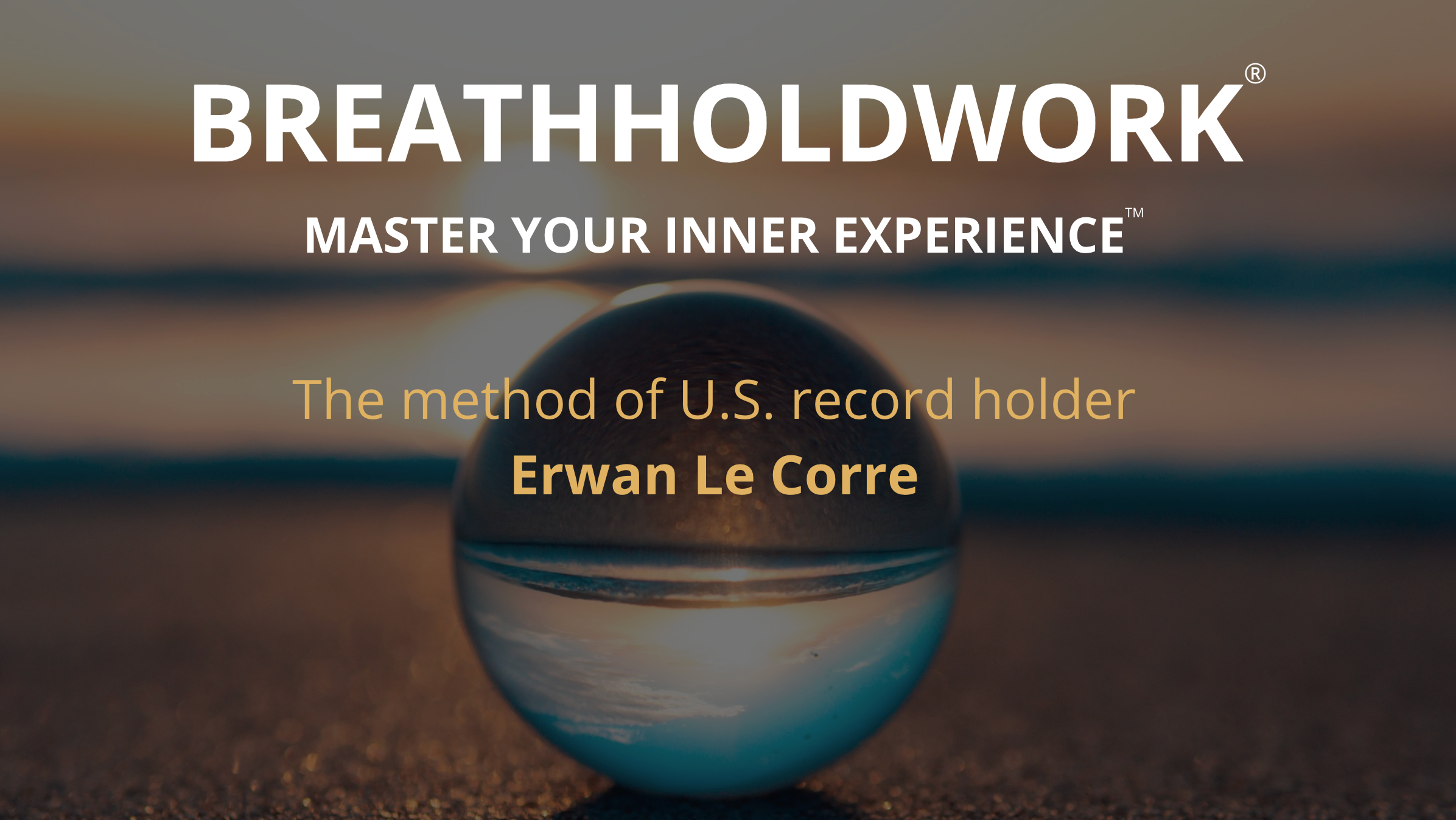Rewiring the Stress Circuit: The Neuroscience of Breath-Hold Resilience

In the reality of modern life—marked by uncertainty, overstimulation, and chronic stress—the ability to self-regulate has become essential. Yet the dominant narrative continues to treat resilience as either a personality trait or a vague byproduct of general wellness. BreathHoldWork (BHW) proposes something different: that resilience is not a trait, but a skill. And like any skill, it can be built, refined, and stabilized through deliberate training of the nervous system under internal physiological load.
A 2021 review published in Translational Psychiatry (Roeckner et al.) draws together longitudinal neuroimaging studies that point to a functional brain circuit governing resilience. This circuit involves the prefrontal cortex (PFC), the hippocampus, and the amygdala. Each plays a distinct role: the PFC evaluates threat and modulates emotional response; the hippocampus integrates contextual memory; the amygdala detects perceived danger. Together, they shape how an individual experiences, processes, and adapts to stress before, during, and after high-pressure events.
The review makes one thing clear: resilience is not fixed. It is plastic. Exposure to moderate, repeated, manageable stress reconfigures this circuit over time, reducing amygdala hyper-reactivity and strengthening prefrontal-hippocampal regulation. In other words, when the nervous system is trained to stay coherent in the presence of internal pressure, it learns how to regulate itself more effectively in response to real-life challenges.
BHW creates this training ground by deliberately generating an internal stress signal. When the breath is held after exhalation or inhalation, oxygen levels drop, CO₂ levels rise, and the body enters a mild, controlled hypoxic and hypercapnic state. This triggers the amygdala and peripheral chemoreceptors to signal discomfort or threat. But because the practitioner is safe, still, and aware, this signal can be met with conscious regulation rather than reflexive reaction. The breath is held. The mind stays. The circuit learns.

In this process, the prefrontal cortex is strengthened not through affirmation alone, but through action—through the repeated experience of choosing presence and confidence under pressure. The hippocampus encodes this learning, making future episodes of stress easier to process. The amygdala becomes less likely to overreact. And over time, what would have been interpreted as overwhelming becomes tolerable, even neutral.
The Roeckner study suggests that individuals who demonstrate resilience post-trauma often show modulated activity in the so-called threat network prior to the traumatic event. In BHW terms, this supports the view that training with breath-hold stress before life events become destabilizing may serve as an inoculation against psychological collapse. This is not stress “reduction” in the conventional sense; it’s stress training in the precise physiological and neurological sense.
Further physiological evidence supports this mechanism. Studies have shown that breath-holding activates the sympathetic nervous system, elevating epinephrine and norepinephrine, while also increasing anti-inflammatory cytokines like IL-10 (Kox et al., 2014). This dual response—arousal and resolution—mimics the adaptive resilience response seen in real-world recovery from trauma or pressure. Additionally, breath-holding under hypoxic load has been associated with increased BDNF expression, a neurotrophic factor essential for synaptic plasticity and long-term learning, particularly in the hippocampus.
What makes BHW unique in this context is that it does not rely on breath control alone, nor on passivity. It combines precise respiratory holds with a layer of meditative intent—often a visualization or specific, repetitive affirmation—which keeps the mind engaged while the body remains still. This creates a dual signal: the body experiences a stressor, but the mind stays oriented and directive. This is where real neural retraining happens.
Practically speaking, each BHW session becomes a structured neural rehearsal. The breath-hold activates the stress circuit. The intention stabilizes it. The repetition engrains it. With time, these neural patterns become trait-level capacities: a baseline increase in reactivity threshold, a faster return to baseline, and an expanded tolerance for inner activation without collapse.
This has wide implications. Whether for individuals navigating uncertainty, leaders managing high-stakes decisions, or practitioners of any kind seeking greater internal mastery, the ability to remain lucid and regulated under stress is no longer optional. It is foundational. And BreathHoldWork® offers a direct, measurable, and structured path to develop it.
The Roeckner review ends with a simple but powerful conclusion: resilience is not something you have or don’t have. It is something you build through experience. With BHW, that experience can be created intentionally, safely, and repeatably—with nothing more than the breath, the will, and the mind focused within.
— Erwan Le Corre
Founder of BreathHoldWork®
Reference: Roeckner, A.R., et al. (2021). Neural Contributors to Trauma Resilience. Translational Psychiatry. View Study


